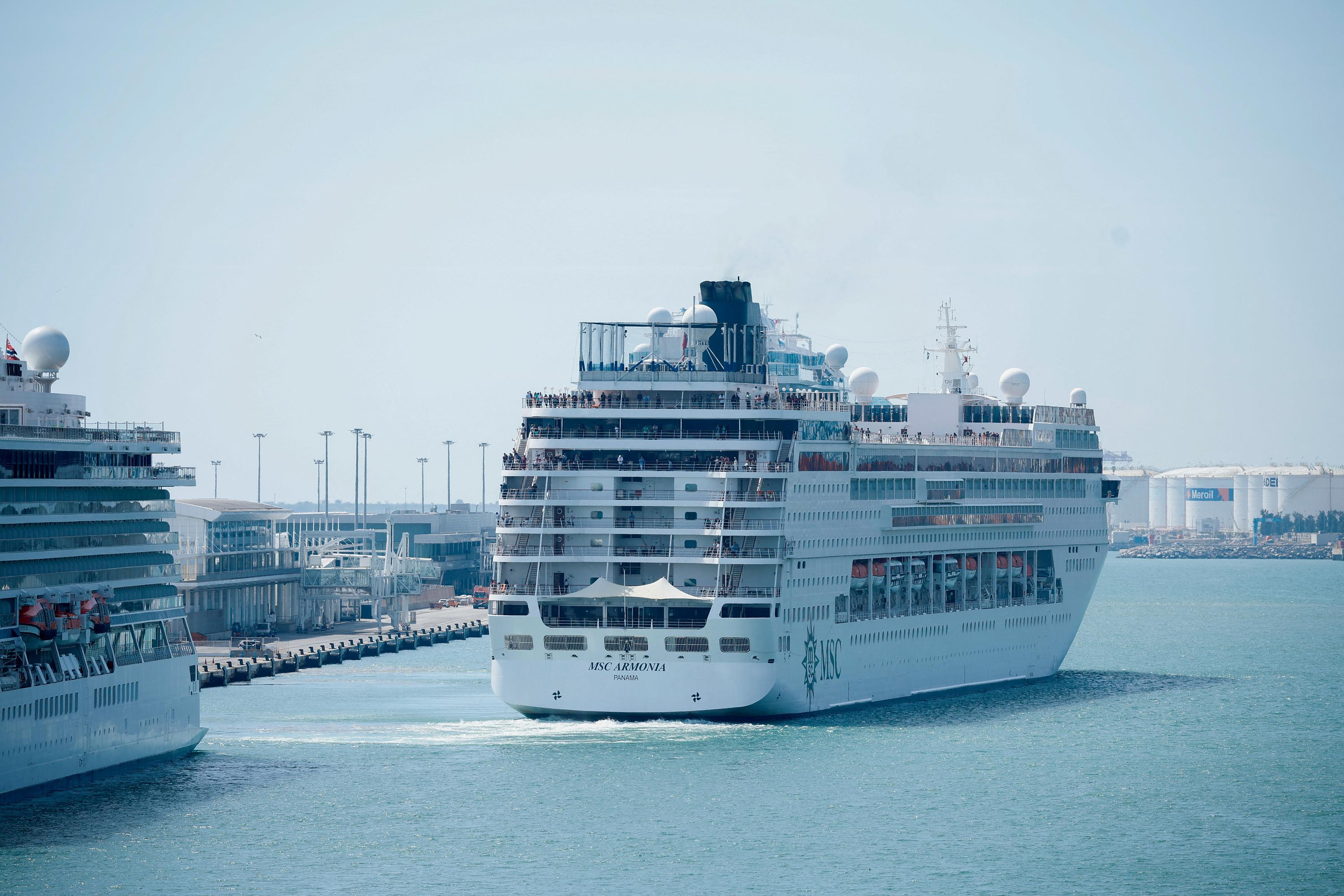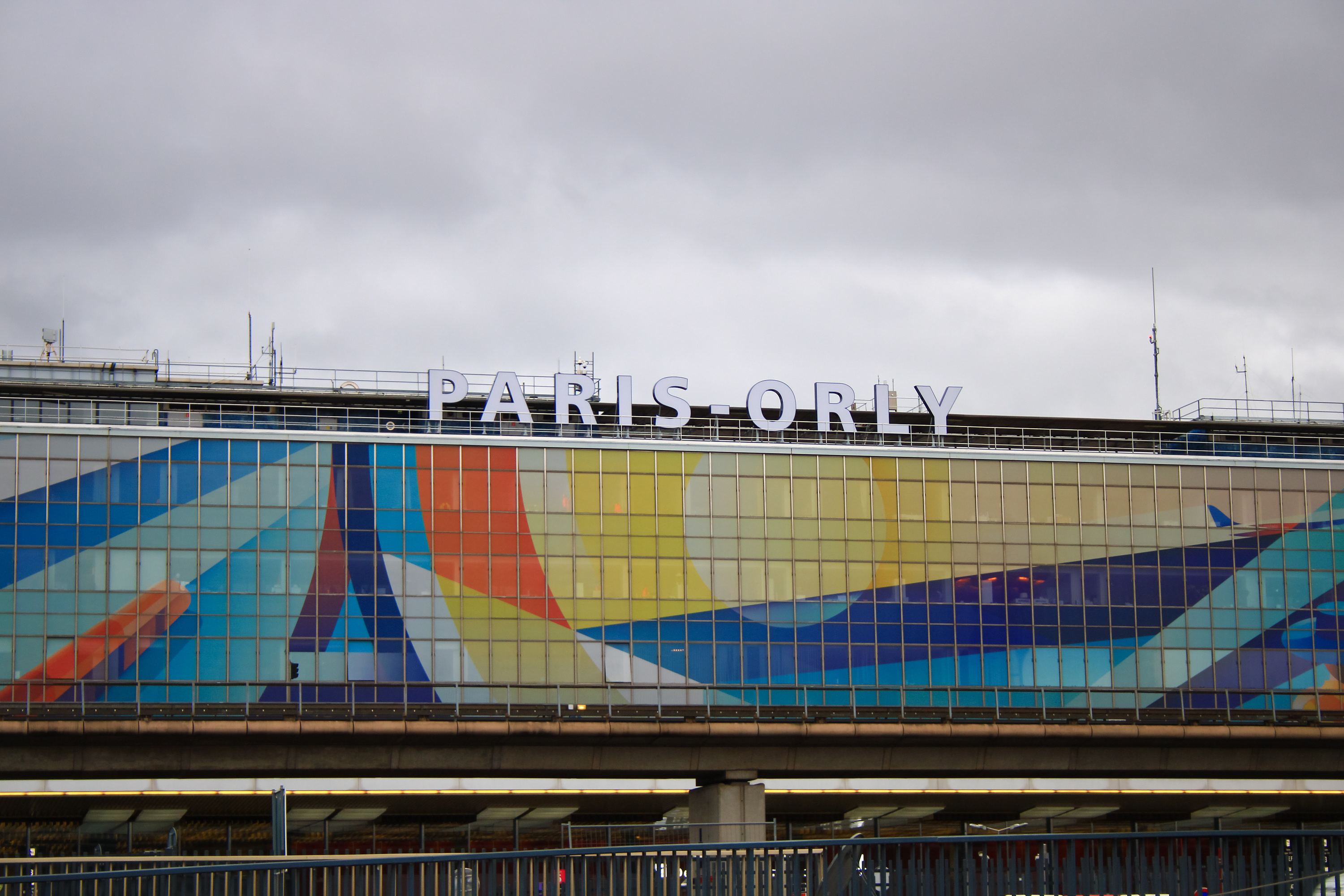Human activities have caused CO2 levels to rise 50% in the atmosphere compared to pre-industrial times. This is despite a temporary decrease in greenhouse gas emissions that occurred during the pandemic. The world has warmed by an average of 1.1 degrees Celsius, with recent studies indicating that the world is on track to warm by 2.7 degrees Celsius by the end.
The climate is warming, which means that droughts, high temperatures, and low humidity are more common and more severe. These weather events have significant effects on society, food production, and the economy. They also increase the likelihood of forest fires.
Climate change is drying vegetation and making landscapes more flammable, increasing the risk of large and dangerous fires. Fire weather indexes can measure changes in fire weather conditions. These indicate the wildfire risk for a set of atmospheric conditions (temperatures, humidity, rain, wind) and help to classify it.
A new global analysis has shown that fire-friendly weather conditions are growing at rates faster than climate models predict.
Our study uses weather observations and climate modeling to evaluate past, present, and future trends of fire weather conditions. This helps us understand how fire risk is changing globally as well as in particular countries and regions.
We also examine the results of recent research to determine how climate changes, as well as land use and vegetation cover, affect the fires that are and will be occurring in the future.
Our data shows that the length of fire season, which is the time when the most fires occur in a given year, has increased significantly in many parts of the globe since the 1980s. Globally, the average length of the fire season has increased by 27%, with a notable increase in the Mediterranean basin (55%), Amazon (94%), as well as the western forests (80%).
Additionally, extreme fire weather risks have increased by 54% worldwide, a remarkable 132% in the Mediterranean Basin and 166% in Amazon. This has made it more common for fires to be larger, more intense and more difficult to control than ever before. This is why recent wildfires in Australia and the west have been so destructive and extensive. These firestorms are also known as megafires, sixth-generation fires, or firestorms. They have greater impact on ecosystems and emit more carbon dioxide into the atmosphere.
With each degree of global warming, the impact of climate change on fire risks will be greater in the future. Global temperatures that exceed 2 degrees Celsius above the preindustrial average will lead to fire-prone weather conditions in most parts of the globe.
The causes of fires are not limited to climate change and its impact on pyrometeorological conditions. Climate change can be influenced by human actions.
People starting fires is especially important outside of the huge northern forests of Eurasia or North America. There, there is a low population density and most fires start by lightning. Forest fires are more likely to be started by sparks from power lines and agricultural machinery than in most other parts of the globe.
Humans have made it more difficult for fires to spread in fire-prone areas. This is evident in the savannahs of Africa, Brazil, and northern Australia where the area that has burned has declined in recent years.
While total fire suppression in naturally fire-prone areas - which is common in the US, Australia, and Mediterranean Europe – may temporarily suppress flames, it can also lead to excessive fuel buildup that contributes to more severe wildfires, particularly during drought times.
Although wildfires are enjoying an upward trend in most parts of the globe, many people's actions have reduced or nullified the climate factors in some regions. Although this may sound promising, the effectiveness of our efforts against climate change diminishes with every tenth degree of warming.
Although it is hard to predict the impact of climate change and human activities on wildfire risk in the future, one thing is certain: Reducing or reversing the accumulation of CO2 and other greenhouse gasses in the atmosphere will decrease the fire danger. Many regions have seen fire weather conditions rise faster than expected. Further warming the planet through increased emissions will only make them worse.
Global warming above 2 degrees Celsius, which is the minimum goal under the Paris Agreement, can be dangerous. This means unprecedented wildfires. It matters a lot what we do next.
John Abatzoglou is Associate Professor of Engineering at University of California, Merced. Matthew William Jones is NERC Independent Research Fellow, Physical Geography. Pep Canadell is Chief Research Scientist, Climate Science Centre. CSIRO Oceans and Atmosphere. He also serves as Executive Director of the Global Carbon Project. It's also available on "The Conversation".

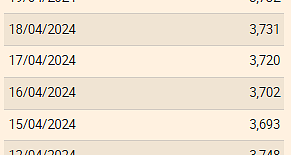 The Euribor today remains at 3.734%
The Euribor today remains at 3.734% Germany: the trial of an AfD leader, accused of chanting a Nazi slogan, resumes this Tuesday
Germany: the trial of an AfD leader, accused of chanting a Nazi slogan, resumes this Tuesday New York: at Columbia University, the anti-Semitic drift of pro-Palestinian demonstrations
New York: at Columbia University, the anti-Semitic drift of pro-Palestinian demonstrations What is Akila, the mission in which the Charles de Gaulle is participating under NATO command?
What is Akila, the mission in which the Charles de Gaulle is participating under NATO command? What High Blood Pressure Does to Your Body (And Why It Should Be Treated)
What High Blood Pressure Does to Your Body (And Why It Should Be Treated) Vaccination in France has progressed in 2023, rejoices Public Health France
Vaccination in France has progressed in 2023, rejoices Public Health France Food additives suspected of promoting cardiovascular diseases
Food additives suspected of promoting cardiovascular diseases “Even morphine doesn’t work”: Léane, 17, victim of the adverse effects of an antibiotic
“Even morphine doesn’t work”: Léane, 17, victim of the adverse effects of an antibiotic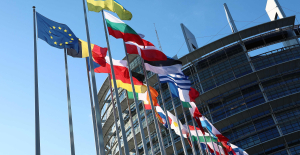 MEPs validate reform of EU budgetary rules
MEPs validate reform of EU budgetary rules “Public Transport Paris 2024”, the application for Olympic Games spectators, is available
“Public Transport Paris 2024”, the application for Olympic Games spectators, is available Spotify goes green in the first quarter and sees its number of paying subscribers increase
Spotify goes green in the first quarter and sees its number of paying subscribers increase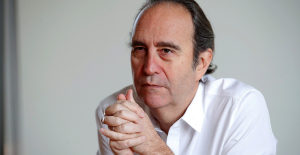 Xavier Niel finalizes the sale of his shares in the Le Monde group to an independent fund
Xavier Niel finalizes the sale of his shares in the Le Monde group to an independent fund Owner of Blondie and Shakira catalogs in favor of $1.5 billion offer
Owner of Blondie and Shakira catalogs in favor of $1.5 billion offer Cher et Ozzy Osbourne rejoignent le Rock and Roll Hall of Fame
Cher et Ozzy Osbourne rejoignent le Rock and Roll Hall of Fame Three months before the Olympic Games, festivals and concert halls fear paying the price
Three months before the Olympic Games, festivals and concert halls fear paying the price With Brigitte Macron, Aya Nakamura sows new clues about her participation in the Olympics
With Brigitte Macron, Aya Nakamura sows new clues about her participation in the Olympics Skoda Kodiaq 2024: a 'beast' plug-in hybrid SUV
Skoda Kodiaq 2024: a 'beast' plug-in hybrid SUV Tesla launches a new Model Y with 600 km of autonomy at a "more accessible price"
Tesla launches a new Model Y with 600 km of autonomy at a "more accessible price" The 10 best-selling cars in March 2024 in Spain: sales fall due to Easter
The 10 best-selling cars in March 2024 in Spain: sales fall due to Easter A private jet company buys more than 100 flying cars
A private jet company buys more than 100 flying cars This is how housing prices have changed in Spain in the last decade
This is how housing prices have changed in Spain in the last decade The home mortgage firm drops 10% in January and interest soars to 3.46%
The home mortgage firm drops 10% in January and interest soars to 3.46% The jewel of the Rocío de Nagüeles urbanization: a dream villa in Marbella
The jewel of the Rocío de Nagüeles urbanization: a dream villa in Marbella Rental prices grow by 7.3% in February: where does it go up and where does it go down?
Rental prices grow by 7.3% in February: where does it go up and where does it go down? Europeans: “All those who claim that we don’t need Europe are liars”, criticizes Bayrou
Europeans: “All those who claim that we don’t need Europe are liars”, criticizes Bayrou With the promise of a “real burst of authority”, Gabriel Attal provokes the ire of the opposition
With the promise of a “real burst of authority”, Gabriel Attal provokes the ire of the opposition Europeans: the schedule of debates to follow between now and June 9
Europeans: the schedule of debates to follow between now and June 9 Europeans: “In France, there is a left and there is a right,” assures Bellamy
Europeans: “In France, there is a left and there is a right,” assures Bellamy These French cities that will boycott the World Cup in Qatar
These French cities that will boycott the World Cup in Qatar Serie A: Bologna surprises AS Rome in the race for the C1
Serie A: Bologna surprises AS Rome in the race for the C1 Serie A: Marcus Thuram king of Italy, end of the debate for the position of number 9 with the Blues?
Serie A: Marcus Thuram king of Italy, end of the debate for the position of number 9 with the Blues? Milan AC-Inter Milan: Thuram and Pavard impeccable, Hernandez helpless… The tops and flops of the derby
Milan AC-Inter Milan: Thuram and Pavard impeccable, Hernandez helpless… The tops and flops of the derby Ligue 2: Auxerre leader, Bordeaux in crisis, play-offs... 5 questions about an exciting end of the season
Ligue 2: Auxerre leader, Bordeaux in crisis, play-offs... 5 questions about an exciting end of the season




